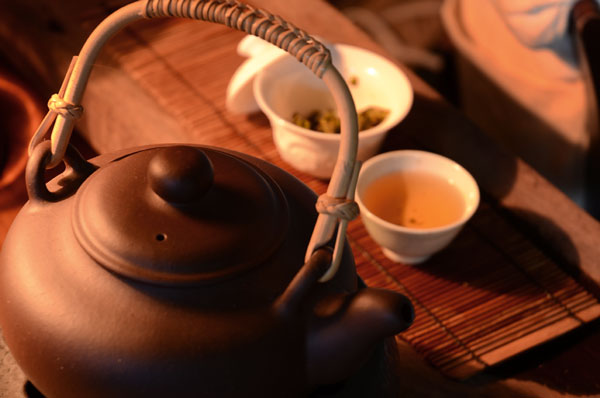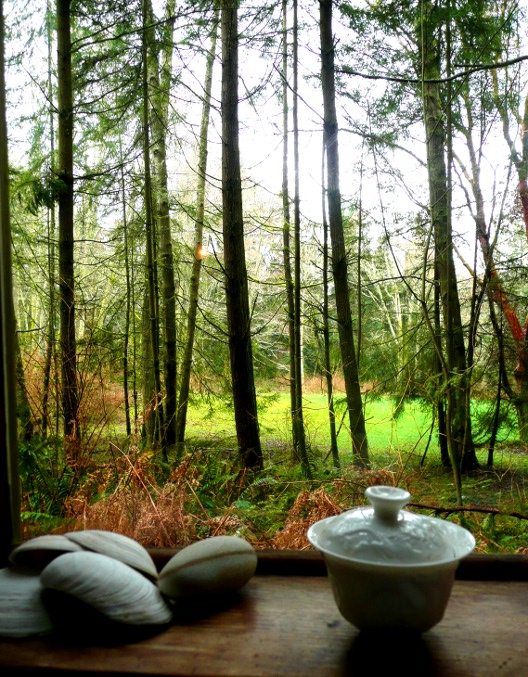
Thanks to a gift of my first Darjeeling tea (all the way from Bangalore – thank you, you know who!) I’ve been excited to explore this particular tea. I understand now why it’s referred to as the champagne of teas, so full of nearly effervescent fruits and subtle sweets of all kinds.
When you drink a lot of good tea you develop an appreciation for “clean” tea. This is tea that’s been grown and processed without any additives or chemicals. They taste different, clearer somehow. They literally taste ‘clean,’ allowing deeper subtleties of the leaf to come through, both in the mouth and the body. This wonderful Darjeeling was one such tea, an added bonus being that it was picked just a month ago. There’s nothing like drinking a freshly picked tea in the spring, especially one as clean as this. A real treat.
I’ve been thinking lately about this concept of clean — clean tea and clean paint. The more I work with handmade paint (as well as some of the Rublev line of paints which are made with only oil and pigment, no stearates, brighteners or fillers of any kind) the more I’m developing a feel for the characteristics of single materials – the body of an oil, the grind of a pigment. I sometimes use additives too, historical ones like chalk or glass, but when I’m the one adding them I discover the particulars of how they alter the paint. It’s a fascinating process and a big part of what keeps me excited about painting.




